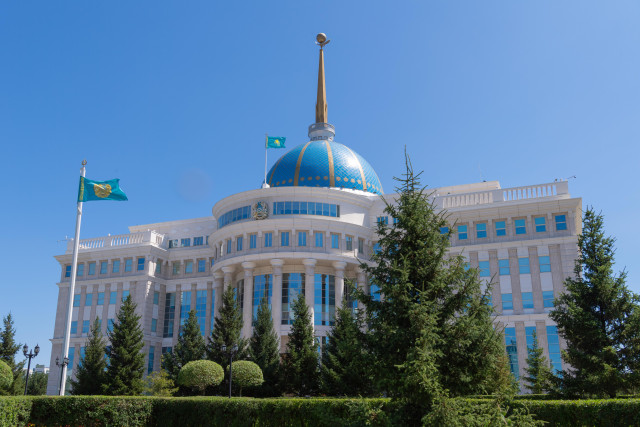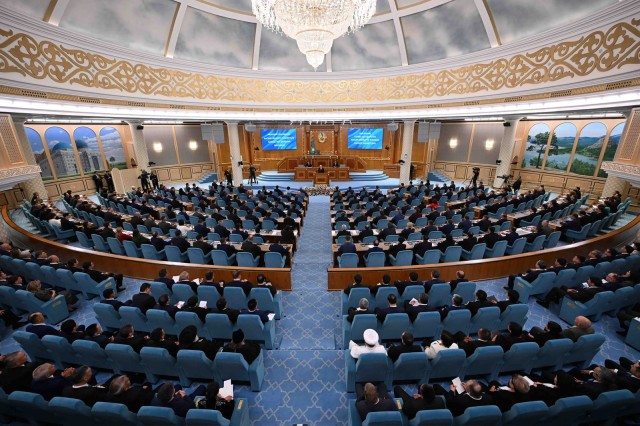
An ancient temple complex has been discovered in the
Turkistan region. The religious structure features sun-ray architecture and
consists of several rooms and corridors. Stone tools and numerous ritual items,
such as ceramic bowls, incense burners, and millstones, have been found,
indicating that sacrifices were performed at the site. According to scholars,
this is the only temple of its kind in Kazakhstan offering insight into the
beliefs and rituals of the state residents. Some artifacts depict lizards,
rams, and even what resembles an Asian rhino. Additionally, thousands of
ceramic fragments have been found on the temple slopes.
«Here we record one of the most ancient and obscure
ritual actions, when agricultural tools such as grain grinders, millstones,
ceramics and various graters are destroyed and scattered across a hill. There
is an incredible amount of these items. I assume it may be connected with an
ancient cult, where destruction is believed to bring about prosperity and
growth,» said archaeologist Alexander Podushkin.
Near the temple, archaeologists have uncovered several
burial sites with hundreds of burial mounds, which they believe were used to
bury entire families, along with their jewelry and kitchen utensils. This
represents a single complex where people lived and prayed over the centuries.
«These burial mounds are unique; most of the ancient
tombs have been looted. I am holding a female amulet made of alabaster. In
those ancient times, people believed that they would use all these items in the
afterlife,» said archaeologist
Gulmira Stamkulova.
Work at the complex will continue. Experts say that
discovering artifacts from the Kangui state period, especially from sites like
the temple complex and burial vaults, is a great success for domestic science.
All findings will be transferred to the Central State Museum of Kazakhstan.









